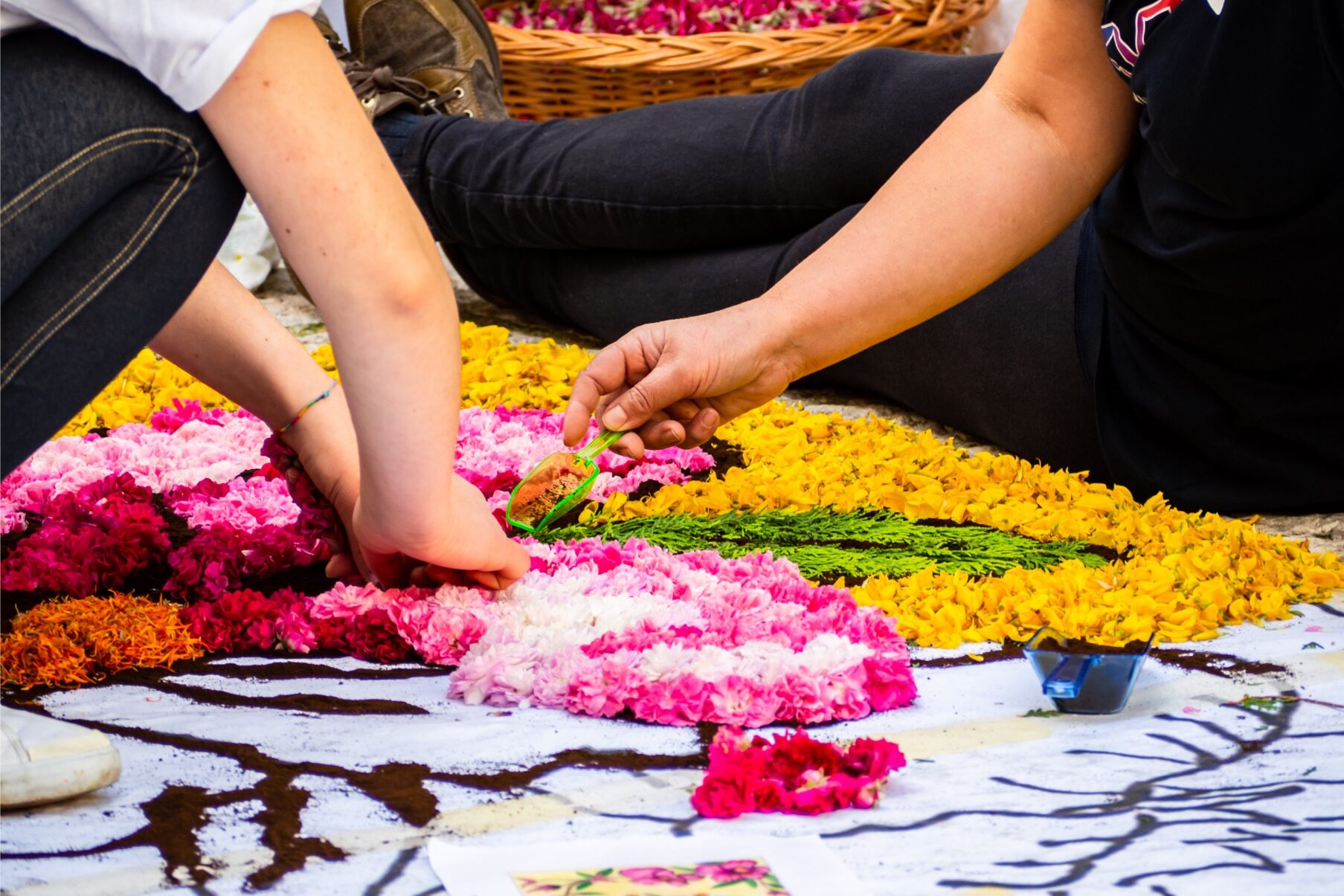As we usher in the Italian Heritage Month, dear readers, it’s our collective moment of reconnection, appreciation, and valorization of the cherished legacy that resonates in our surnames, the roots of our families, within the vibrant Italian-American communities that sustain our shared social identity, the language and dialects we’re acquainted with, the Piedmontese or Apulian phrases we utter with affection, the Venetian or Calabrian recipes that grace our Sunday luncheons, and the reminiscence of journeys that unveiled distant relatives or the homesteads and villages our valiant ancestors embarked from. With no English, no funds, and no formal education, they braved the unknown to chase the American dream.
Their venture into the unknown mirrored the audacity of Christopher Columbus, to whom we dedicate the cover of this Month of Italian-American Heritage and Culture, commemorated since 1989 to honor the strides of Italian immigrants and their descendants in the United States, particularly spotlighting their contributions to the arts, sciences, and society. This month unfolds with myriad events, including parades in San Francisco and New York, fostering an acquaintance with the rich history of the “Italian” component amidst the multicultural American populace. October resonates with the celebration of Columbus Day on the 12th, marking Columbus’s voyage to the Bahamas—a journey, as President Joe Biden reminisced last year, that evokes “a source of pride for many Italian Americans, whose families traversed the Atlantic.”
It’s with this sentiment that we revisit the explorer—not to delve into the contentious discourse surrounding his statues but to perceive him as the archetype of numerous Italians who left the “known” to confront the “unknown,” akin to what Columbus embarked on over 530 years ago.
Moreover, we aim to discuss, through this globally acknowledged symbol, the invaluable endeavors in Italy towards preserving its abundant historical, artistic, archaeological, and cultural heritage. The Ministry of Culture recently disclosed the summer visitor statistics for the tricolor icon, the Colosseum, recording 2.2 million guests in a mere three months, averaging 25,000 entries daily. While promoting awareness of the abundant treasures bestowed by millennia of history, the nation continually strives to maintain the splendor and safety of its “crown jewels.”
Beyond preservation and restoration, there’s a crucial need to shield these treasures from various threats. Contemporary vandals, for instance, etch initials and hearts onto the white marble of the Tower of Pisa. Then there are plunderers who seize sand and shells from marine reserves, and history thieves who pilfer pieces of Pompeii. These are but a few disfigurements that highlight a concerning trend. Many modern tourists, through such acts, resemble the “tomb raiders” who smuggle artifacts from Etruscan tombs or Daunian excavations in Canosa di Puglia. There’s also the menace posed by art dealers. They plunder libraries and private collections to vend precious artistic legacies and historical-literary testimonies on the black market. Each act of plunder, whether big or small, chips away at our collective cultural heritage, underscoring the imperative to act diligently in preserving these invaluable assets for future generations.
As outlined in our feature story, the tale of Columbus’s discovery has been “retrieved” and “brought home” to belong to everyone, not to remain in the hands of a private collector or a museum that might acquire it through dubious means. It had been stolen and resold but was eventually returned to the community, to our shared heritage, to the Italian Heritage.
The architects of this significant operation, the Carabinieri for the Protection of Cultural Heritage, established in 1969, a year before the UNESCO Convention of Paris, which urged member states to adopt measures to prevent the acquisition of illicitly exported goods and facilitate the recovery of stolen items. The matter at hand is organized crime involving illegal art trade. Sadly, the looting and trafficking of historical and cultural artifacts is among the oldest forms of transnational organized crime, with Interpol estimating the turnover generated by these types of crimes at 10 billion dollars annually. This illicit market had swallowed the rare incunabulum of Christopher Columbus, whose recovery was made possible thanks to the contributions of the United States Department of Homeland Security and the Homeland Security Investigation.
But the truth is that each of us has a role in protecting the piece of Italian Heritage within our realm: let’s protect and love that piece of Italian-ness we have in our hearts, in our language, in our surnames, in our culture. Only in this way can it continue to enrich us.































